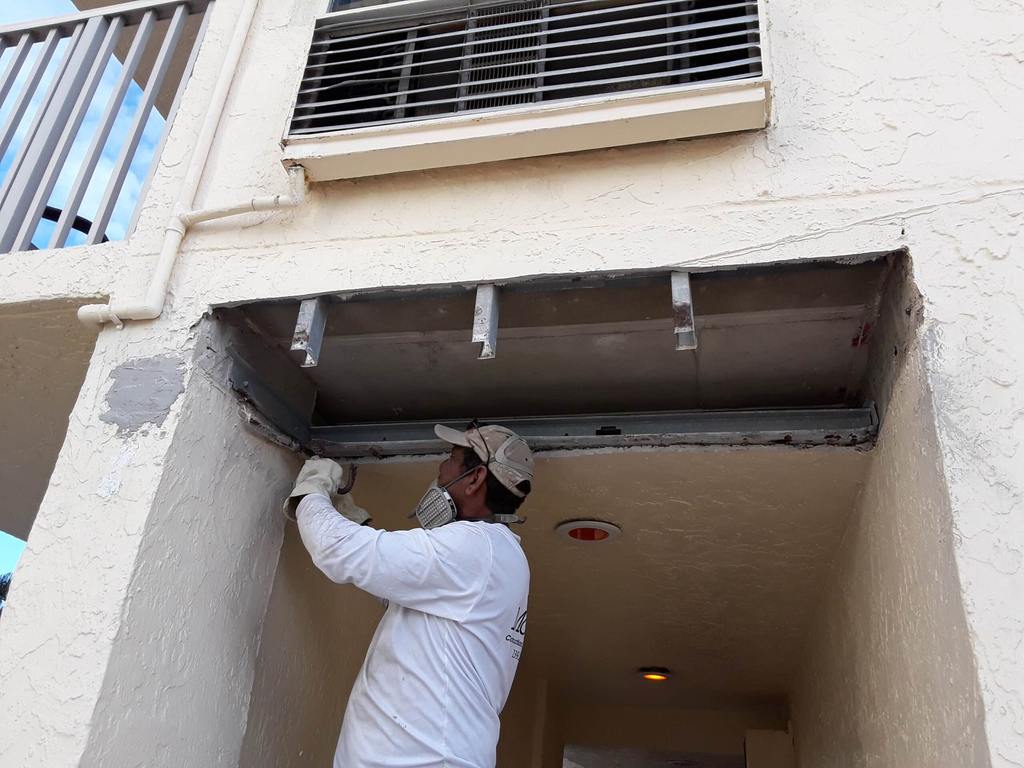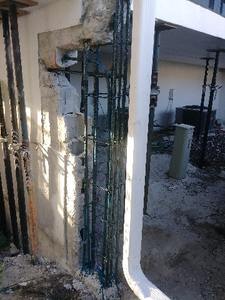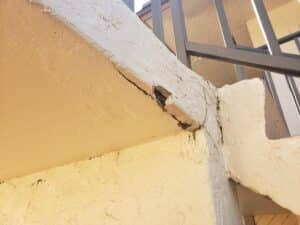Waterproofing stucco is essential to protecting your building from moisture damage. Stucco is a durable material, but without proper waterproofing, it can become susceptible to cracks, mold, and structural issues. Ensuring that your stucco surfaces are well-sealed not only enhances their appearance but also extends their lifespan, saving you costly repairs down the line.
The first step in waterproofing stucco is understanding why it’s important. Moisture can penetrate even the smallest cracks in stucco, leading to significant damage over time. Proper waterproofing creates a barrier that prevents water from seeping in and damaging the underlying layers of your building. This is especially crucial in regions with heavy rainfall or high humidity.
Once you grasp the importance of waterproofing, it’s vital to prepare your stucco surfaces correctly before applying any sealants. Clean and well-prepared surfaces ensure that the sealant adheres properly, providing maximum protection. In this article, we’ll guide you through the entire process, from preparing the surfaces to applying the sealants and maintaining your sealed stucco for years to come.
Understanding the Importance of Waterproofing Stucco
Waterproofing stucco is crucial for maintaining the integrity and appearance of your building. Stucco is a durable material used to create a protective, attractive exterior. However, without proper waterproofing, stucco can absorb moisture, leading to severe issues such as mold growth, cracking, and deterioration. Moisture entering through unprotected stucco can compromise the structural stability, making it imperative to apply waterproof sealants.
Waterproofing stucco also helps in enhancing energy efficiency. When moisture gets trapped in the stucco, it can lead to damp interiors and reduce the effectiveness of insulation. By sealing the stucco, you can prevent water infiltration, keeping your building dry and energy-efficient. Moreover, waterproof stucco can also resist the harsh effects of weather changes, adding to the longevity and beauty of your property.
Preparing Stucco Surfaces for Sealant Application
Before applying a waterproof sealant, it is crucial to properly prepare the stucco surface. First, we thoroughly clean the stucco to remove dirt, grime, and any loose material. This can be done using a pressure washer or a stiff brush and a mild cleaning solution. Cleaning ensures that the sealant adheres well to the stucco, providing maximum protection.
Next, we inspect the stucco for any cracks, holes, or damage. Any imperfections should be repaired before applying the sealant. We use a high-quality patching compound to fill in any gaps and smooth the surface. Once the repairs are done, we allow the stucco to dry completely. It’s essential to ensure that the surface is dry, as applying sealant over a damp surface can trap moisture, leading to potential problems down the line. Proper preparation is key to achieving a durable and effective waterproof seal.
Step-by-Step Process for Applying Waterproof Sealants
Applying waterproof sealants to stucco surfaces involves a structured process to ensure durability and effectiveness. First, we select the appropriate sealant based on the specific needs of the building and the local climate. Once the preparation is complete, we start by applying a primer if recommended by the sealant manufacturer. The primer helps the sealant adhere better to the stucco.
Next, we use a high-quality brush, roller, or sprayer to apply the sealant evenly. Applying in thin, manageable layers ensures thorough coverage and penetration into the stucco. For best results, multiple coats are often necessary. Each coat should be allowed to dry completely before applying the next. This process ensures a strong, effective barrier against moisture.
Maintaining and Inspecting Sealed Stucco Surfaces
Regular maintenance and inspection are vital for keeping sealed stucco surfaces in top condition. We recommend scheduling annual inspections to look for any signs of wear or damage. During these inspections, we check for cracks, peeling, or areas where the sealant may have worn away. Prompt repairs can prevent minor issues from developing into more significant problems.
Maintenance also involves cleaning the stucco periodically to remove dirt and debris, which can affect the sealant’s effectiveness. We suggest using a gentle cleaning solution and a soft brush to avoid damaging the sealant layer. By staying proactive with inspections and maintenance, we can ensure the longevity and performance of the waterproofing work.
Conclusion
Properly waterproofing stucco is essential to protect your building from the damaging effects of moisture. With the right preparation, materials, and application techniques, you can enhance the durability and longevity of your stucco surfaces. Regular maintenance and inspections further ensure that your waterproofing remains effective, keeping your property in excellent condition.
For expert advice and professional help with waterproofing stucco, contact McLeod’s Contracting Solutions. Our team specializes in providing high-quality solutions to meet your needs. Reach out to us today to learn more about how we can help protect your building with our top-notch waterproofing services.







